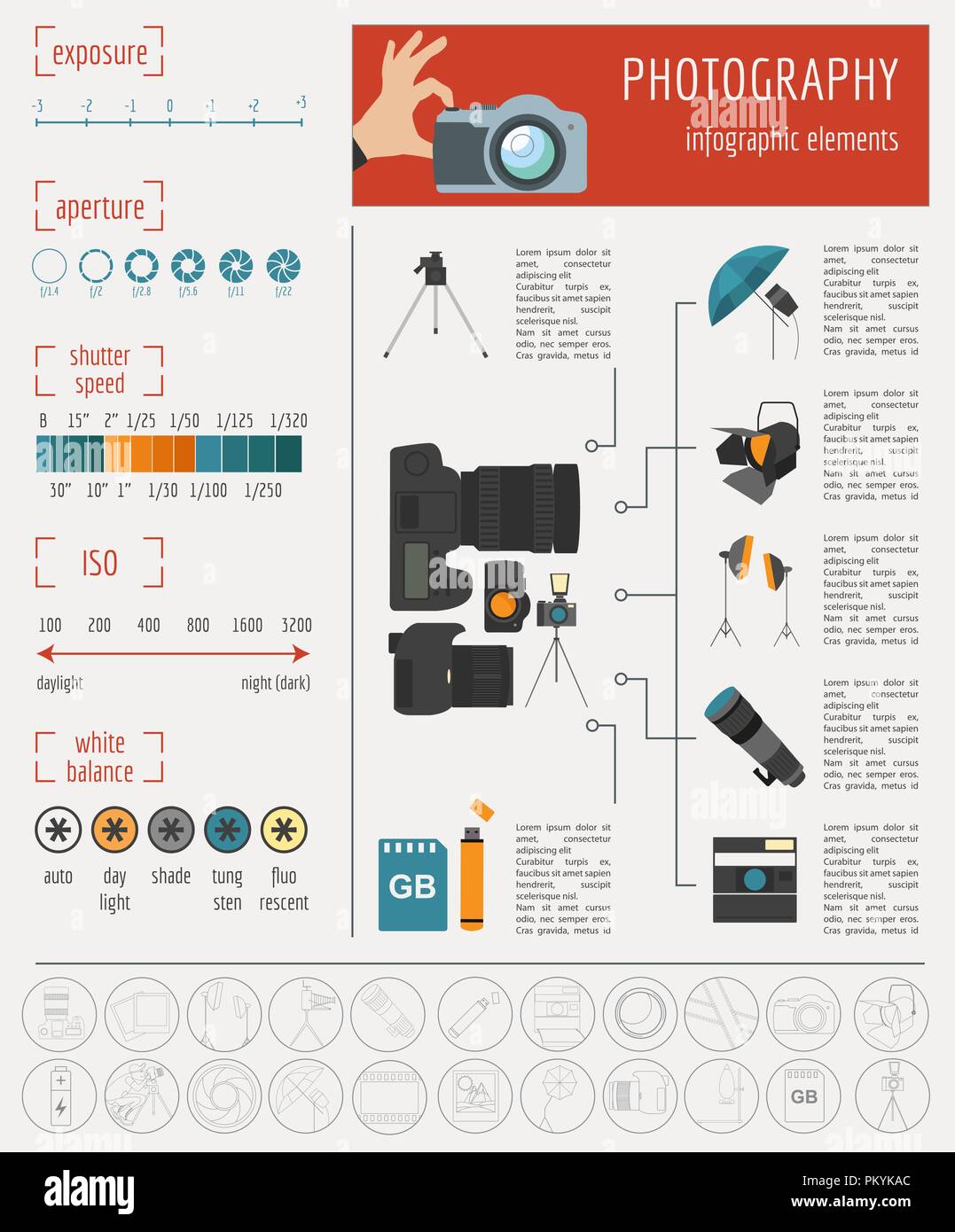Join Us To Discover Essential Digital Photography Tips That Will Certainly Open Your Electronic Camera'S Potential-- Prepare To Record Sensational Pictures In A Snap!
Join Us To Discover Essential Digital Photography Tips That Will Certainly Open Your Electronic Camera'S Potential-- Prepare To Record Sensational Pictures In A Snap!
Blog Article
Created By-Lyons Odgaard
When you initially get your cam, it can feel overwhelming with all the settings and alternatives available. You could find yourself wondering exactly how to navigate aperture, shutter rate, and ISO efficiently. Mastering these principles is essential, yet there's even more to digital photography than simply technical knowledge. Comprehending structure strategies and lights conditions can elevate your photos substantially. So, what if you could find out simple approaches to enhance your abilities and start recording outstanding pictures faster than you believe? Allow's explore how to transform your photography journey.
Recognizing Cam Settings
Understanding your camera settings is critical for catching spectacular images. When you get your electronic camera, acquaint yourself with the three primary settings: aperture, shutter rate, and ISO. Each plays a vital function in just how your photos turn out.
Beginning with aperture, which manages the amount of light getting in the lens. A broader aperture (reduced f-number) allows extra light and produces an attractive background blur, best for portraits. Alternatively, a narrower aperture (greater f-number) keeps more of the scene in focus, ideal for landscapes.
Next, focus on shutter rate. https://www.adorama.com/alc/what-is-lomography establishes the length of time your camera's sensor is subjected to light. A quick shutter speed ices up motion, which is terrific for action shots, while a sluggish shutter speed can create magnificent results like smooth water in landscapes.
Finally, adjust your ISO. This setup affects your electronic camera's level of sensitivity to light. A greater ISO works in low-light situations yet can present sound or grain. Aim for the lowest ISO feasible while still attaining appropriate exposure.
Make-up Methods
When you're out capturing, composition can make all the difference in how your images reverberate with visitors. Beginning by utilizing the policy of thirds; picture your structure split into nine equal areas with two straight and two vertical lines. Placement crucial elements along these lines or at their crossways to produce equilibrium and interest.
Next off, consider leading lines. These natural lines in your scene, like roads or rivers, draw the viewer's eye into the photograph, guiding them with the story you're informing.
Do not ignore framing; usage components within your scene, like trees or windows, to create a frame around your subject, including deepness and focus.
Also, watch on your history. A cluttered history can sidetrack from your major topic, while a straightforward one helps it stand out.
Finally, try out balance and patterns; they can produce a striking image that records attention.
Mastering Illumination Issues
Understanding lights problems is important for catching spectacular photographs, as the right light can transform a normal scene into something phenomenal.
Begin by observing all-natural light at different times of the day. Mornings and late afternoons provide the best light, known as the golden hour. The soft, cozy tones throughout these times can boost your images perfectly.
Don't avoid overcast days either; diffused light can minimize harsh shadows and produce a pleasing effect, specifically for pictures.
Trying out backlighting by placing your topic versus the light. This strategy can create a fanciful halo impact and include deepness to your images.
Focus on your electronic camera settings also. Change the ISO, aperture, and shutter rate to match the illumination problems. A higher ISO can aid in low light, yet beware of grain.
Use a tripod in darker settings to avoid blur.
Lastly, don't neglect fabricated lighting. Flash and continual lights can be fantastic tools for managing light in tough conditions.
Verdict
To conclude, grasping your cam doesn't have to be overwhelming. By recognizing your settings, using composition methods, and taking advantage of the power of all-natural light, you'll rapidly elevate your digital photography abilities. Keep in mind, practice makes excellent, so get out there and try out your newfound understanding. With time and devotion, you'll be recording stunning images that mirror your special point of view. Appreciate the trip, and don't forget to have a good time while you're at it!
